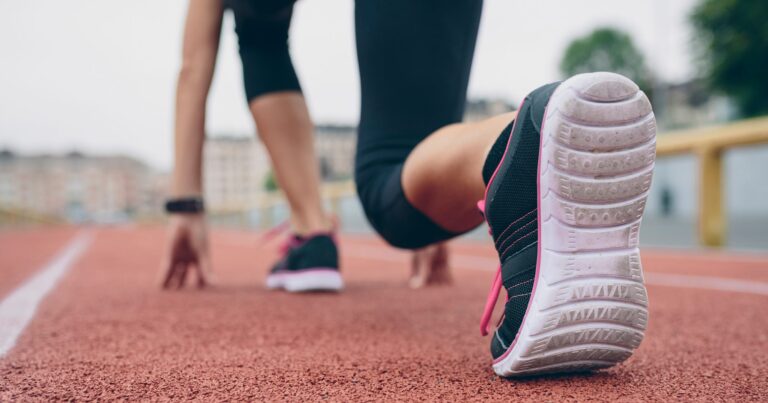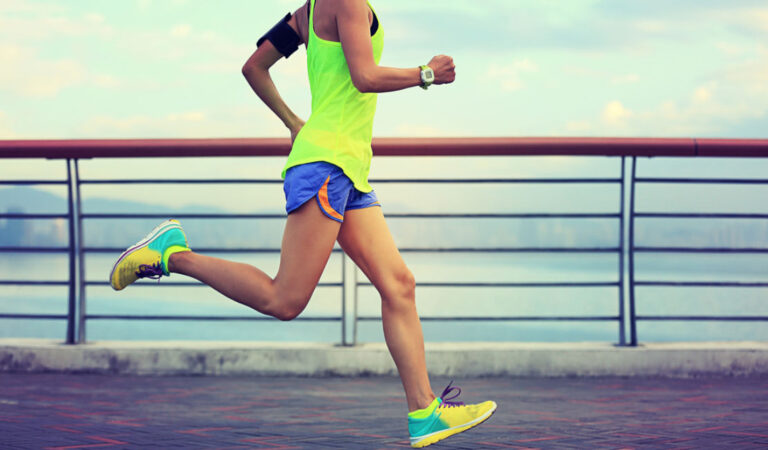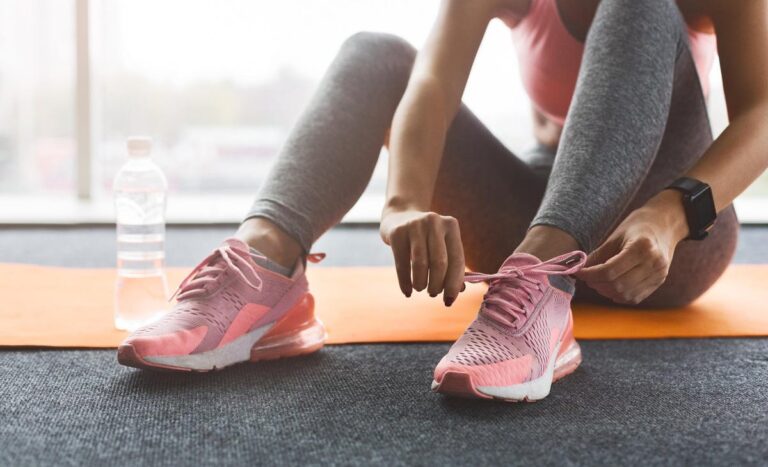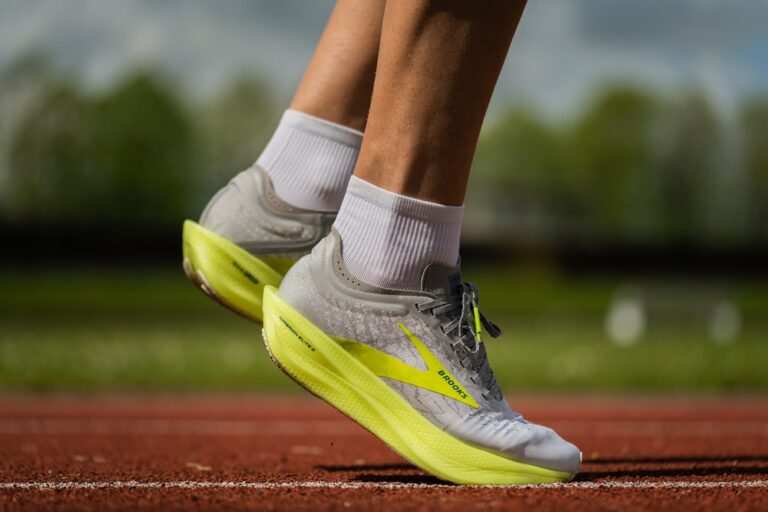The process of selecting an athletic shoe may be quite frustrating if you have no idea what you want. The number of running shoes on the market, each with its own unique set of features, is staggering. Each of these shoes is designed to fit a certain kind of foot. If you’ve ever worked in shoes, you’ve probably heard the same question, what is a good running shoe? The ideal athletic shoe is the one that is most comfortable for you to wear and that fits your foot so check Dhgate for wholesale prices. So, where do you begin your quest for the ideal pair of shoes? There are some easy actions you may take to get started.
Contents
An appropriate sort of shoe is essential

If you know what you’ll be doing with your shoe, it’s much easier to choose the right shoe for you. For how many miles do you intend to use this shoe? Will you be jogging on the road or the trails? What kind of running do you want to do to perform easy jogs around the neighborhood or speed training and races? When you visit your local running shop, having the answers to these questions handy can assist the staff narrow down which shoes are the greatest fit for you. Functionality, not fashion, should be the driving force behind your running footwear.
Just because a certain brand or style is trendy now doesn’t mean you should buy into it. To acquire the appropriate fit, comfort, and usefulness for you, the brand is important. Each type has a slightly different fit, and some brands are a little broader than the others. To get the most out of your running shoes, it’s usually a good idea to try them on before you purchase them. Overpronators will benefit most from motion control running shoes. Shoe rigidity is an important consideration when choosing a shoe since it helps to avoid excessive foot rolling, correct your gait cycle, and absorb more shock after impact.
Check to see whether it fits correctly
There are several factors to keep in mind when purchasing a pair of running shoes, and this is one of them. A thumb’s breadth of space should be maintained between your toe and the end of the shoe while you are running downhill. The toe box should be large enough so that you may easily wriggle your toes within the shoe without the shoe feeling sloppy on your foot. To keep your heel in place, the top section of the shoe should fit snugly around your foot, but not so tightly that it hurts your foot.
Get some running gear from a specialty shop

While many big-name manufacturers sell their shoes at big-box retailers, you’re better off shopping for your next pair of sneakers at your local running store. Not only will you be helping a small company in your community, but the staff at the running store will be more knowledgeable about running shoes and able to help you choose the right pair. Because it has rubber soles and laces, not just any shoe will do as long as it appears like a sneaker or looks like a running shoe. You can run in any shoe, but running-specific shoes are intended to help you run faster, run more comfortably, and avoid injuries. An update from your worn-out gym shoes is in need if you’re presently out jogging.
Become familiar with your gait and stride

Are you a heel-striker by nature? You may be over-pronouncing. High arches or low arches, which kind of foot are you? Get a gait analysis if you don’t have any answers to these questions. This will help you evaluate which portions of your shoe are likely to suffer the most abuse and where you may need more or less support to keep yourself safe from injuries. This will be determined. As the name suggests, lightweight running shoes are often lighter and more flexible than their heavier counterparts. Weight reduction and flexible cushioning are common aspects of lightweight shoes, which combine the minimalist approach with cushioning to keep your feet safe.
When you’re done running, you’ll feel less tired and sore if you wear shoes that are both light and comfy. Even though it seems foolish, the thickness of your sock may have a significant impact on how well your shoe fits and feels, particularly as your feet expand during exercise. Take your running socks with you when you get a shoe fitting. To provide greater impact protection, look for a high-quality technical running sock with a reinforced arch and additional padding on the ball, toes, and heel of the foot.
Make certain to put them to the test
While some running shops may allow you to try on new shoes and return them if they don’t fit, you should at the very least try them on in the store first. Check out the Dhgate in the shop if they allow it to see how they feel when you’re running in them for a few minutes. There should be sufficient space in the breadth. The shoe should be snug enough to keep your foot from slipping about, but loose enough to allow for swelling while you run. Our feet tend to enlarge over the day, so if you put on a pair in the morning, they may be uncomfortably tight by the time you go for your evening jog. After work, go to your local running shop and have your feet measured to make sure that your shoes are going to be comfortable for you at all times.
Do not buy based on appearance

It’s easy to be sucked into buying your next pair of running shoes only based on their appearance, especially in today’s market. As frustrating as it is when the shoe you need doesn’t come in the color you desire, we promise that you’ll be relieved to find out that your feet are still happy halfway through your marathon training program, so go ahead and make that purchase.
















